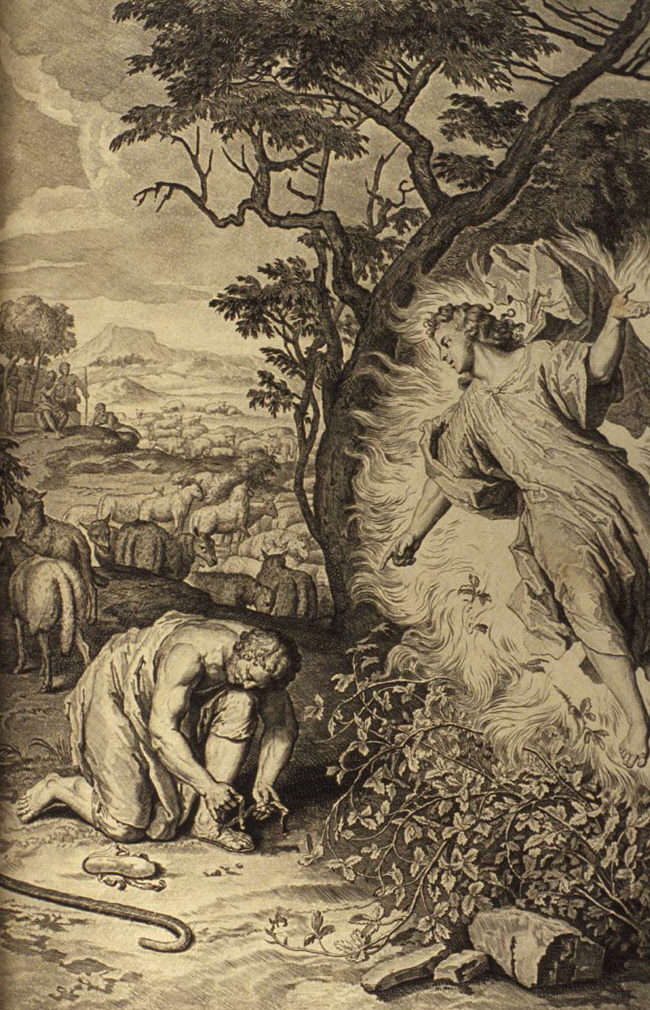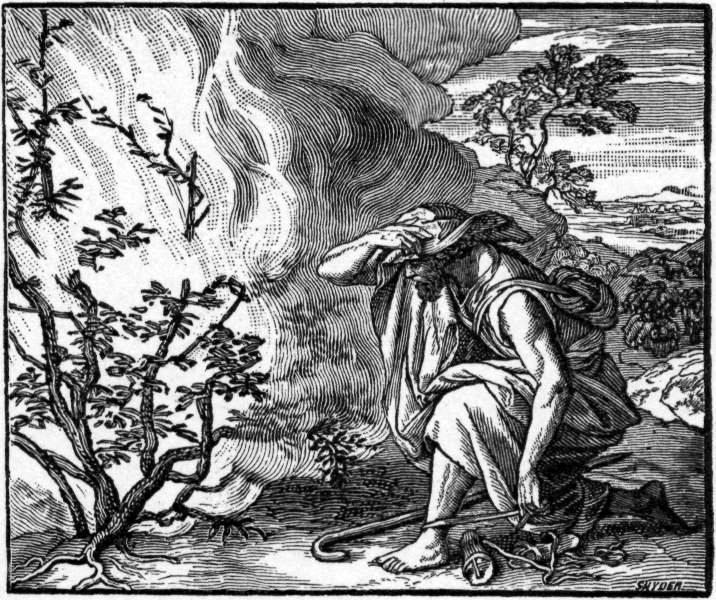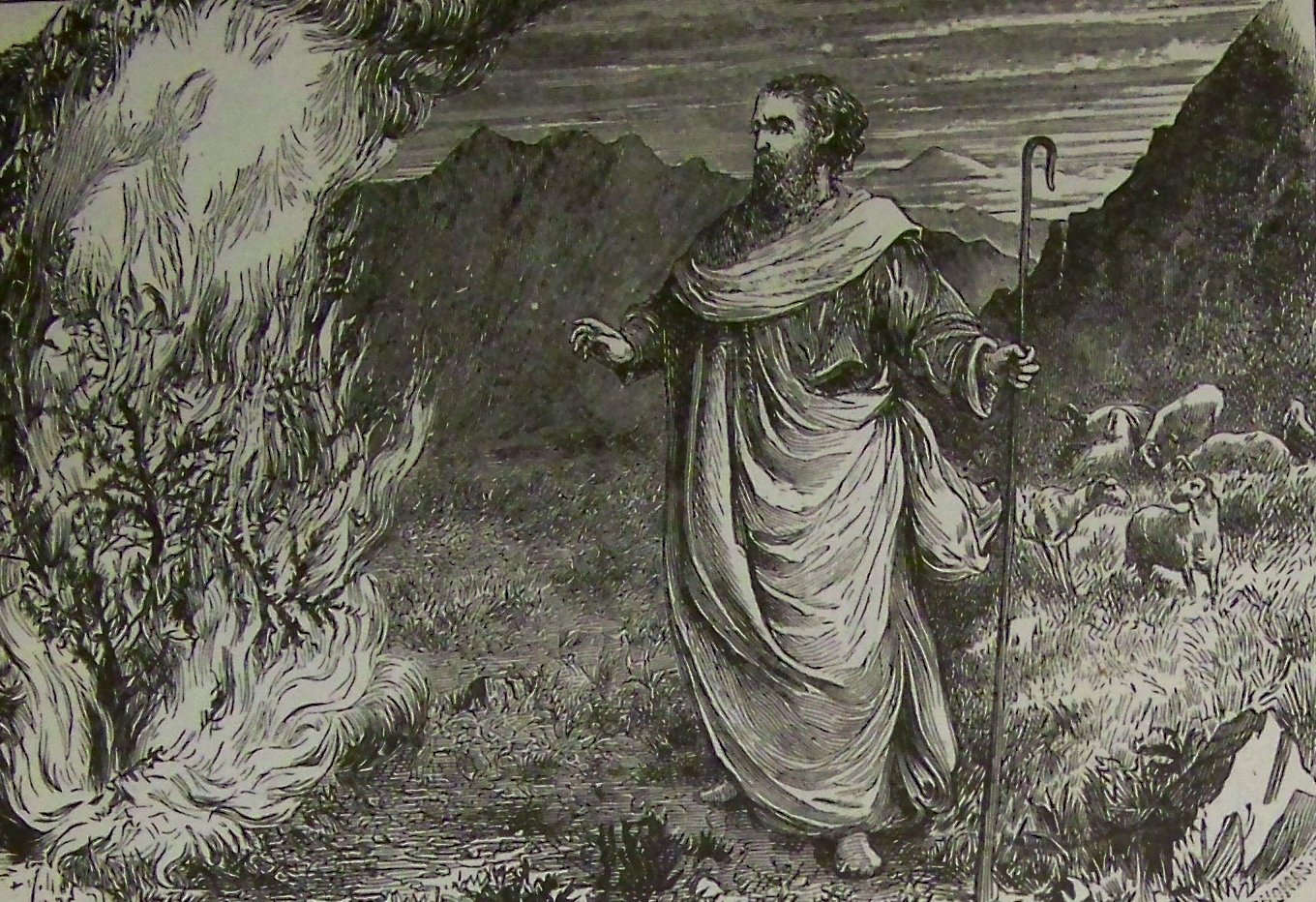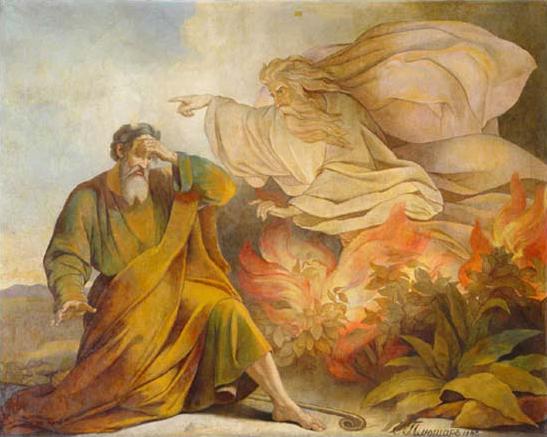Notes on Bonfires
academia space phenomenology bonfires darksoulsBonfires
"Figures 047 The Lord Appears to Moses in a Burning Bush" by illustrators of the 1728 Figures de la Bible, Gerard Hoet (1648–1733) and others, published by P. de Hondt in The Hague in 1728 - http://www.mythfolklore.net/lahaye/047/LaHaye1728Figures047ExodIII2-10BurningBush.jpg. Licensed under Public Domain via Wikimedia Commons
"Foster Bible Pictures 0060-1 Moses Sees a Fire Burning in a Bush" by Illustrators of the 1897 Bible Pictures and What They Teach Us by Charles Foster - http://associate.com/photos/Bible-Pictures--1897-W-A-Foster/page-0060-1.jpg. Licensed under Public Domain via Wikimedia Commons
"Holman Moses and the Burning Bush" by illustrators of the 1890 Holman Bible - http://thebiblerevival.com/clipart/1890holmanbible/bw/mosesandtheburningbush.jpg. Licensed under Public Domain via Wikimedia Commons
"Moses Pluchart" by Eugène Pluchart - http://www.jesuswalk.com/names-god/3_eternal.htm. Licensed under Public Domain via Commons
Schivelbusch, Wolfgang, “Night Life,” in Clarke, David B., Doel, Marcus A., Housiaux, Kate M.L. (ed.) The Consumption Reader (London & NY: Routledge, 2003), p. 87.
In the seventeenth century the two frontiers of the night — previously terra incognita — were discovered and thrown open as once. The police conquered and controlled the night by installing street lighting. Simultaneously with this lighting of order, a lighting of festivity developed in teh form of baroque festival so flight and firework displays. ‘There is no more brilliant spectacle, and none that is more populate at public celebrations’, wrote Michel de Pure in his Idée des Spectacles Anciens et Nouveaux (1688). ‘In almost all nations it saves to express joy at a great victory.’
Using fire to express joy is an ancient custom. In its oldest form , it was a bonfire — usually a pyre that burned itself out in a wild blaze of light. Here fire, destruction and illumination merged to create an engulfing and complex experience that far exceeded that of simple brightness. The archaic bonfire could be described as a saturnalian version of the hearth fire: an outpouring of ecstasy as everyday restraints were suddenly lifted. Festive illuminations and fireworks replaced the bonfire, cultivating, ordering and disciplining its wild power. Thousands of candles and fireworks formed precisely calculated geometric patterns, a glowing transcription of court ceremonial into light, executed by a fireworks’ master to display the brilliance of his sovereign’s rule. None the less, these displays retained some of the pyromaniacal satisfactions of the original bonfire, so much so that in seventeenth-century France they were still known by the same name: Feux de Joy. After all, they consisted of balls of fire, showers of sparks and wonderfully exploding rockets — in short, a continuously changing spectacle of blazing light, just like a bonfire. Even when illuminations and fireworks had become aestheticised, the primeval power of fire would sometimes flare up in an unintended firework display. (87)



